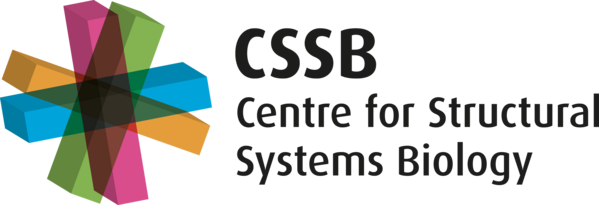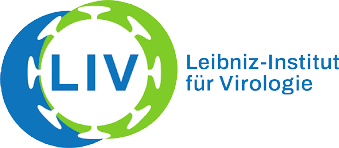Principal Investigators
Prof. Dr. Charlotte Uetrecht & Prof. Dr. Maya Topf
CSSB – Center for Structural Systems Biology
Leibniz Institut of Virology/University Medical Center Hamburg- Eppendorf
& Universität zu Lübeck
A4
PhD candidate
Jennifer Rothe




A4
Project Summary A04
From deciphering to blocking assembly of human norovirus-like particles
Human noroviruses (hNoV) are the leading cause of non-bacterial foodborn illnesses. Until now no treatment or vaccination is available. hNoVs are very difficult to culture, limiting functional and structural investigations. Therefore, most studies employ virus-like particles (VLPs) consisting of the major capsid protein VP1. VP1 has a shell (S) and a protruding (P) domain. 90 VP1 dimers form the natural T=3 capsid. However, deviations from this architecture have been observed, such as T=1, potentially non-icosahedral [1-3] and T=4 particles [4,5]. There is growing evidence that even larger assemblies can form.
Thus, at least in absence of genome, VLPs show plasticity towards size and stability, the extent of which appears to be strain dependent [1]. Here, by integrating structural modelling [6] and native mass spectrometry, we set out to understand what determines assembly size and then use the knowledge to inhibit assembly with specific peptides or RNAs.

We will use structure modelling approaches, combining available cryoEM data and PDB structure, to investigate, which amino acids in the VP1 inter-dimer interfaces mediate assembly and determine size to generate models of the T=1, T=3, and T=4 particles. VLPs of wild-type variants and generated mutants that stabilizes one particular capsid symmetry are routinely produced in insect cells.
Using native mass spectrometry, we want to reveal distinct stability profiles of selected mutations and how these mutations impact virion formation.
References
- Pogan R, Weiss VU, Bond K, et al. N-terminal VP1 Truncations Favor T = 1 Norovirus-Like Particles. Vaccines (Basel). 2020 Dec 24;9(1):8. doi: 10.3390/vaccines9010008.
- Shoemaker GK, van Duijn E, Crawford SE, et al. Norwalk virus assembly and stability monitored by mass spectrometry. Mol Cell Proteomics. 2010 Aug;9(8):1742-51. doi: 10.1074/mcp.M900620-MCP200.
- Pogan R, Weiss VU, Bond K, et al. N-terminal VP1 Truncations Favor T = 1 Norovirus-Like Particles. Vaccines. 2021; 9(1):8. doi: 10.3390/vaccines9010008
- Hu L, Salmen W, Chen R, et al. Atomic structure of the predominant GII.4 human norovirus capsid reveals novel stability and plasticity. Nat Commun. 2022 Mar 10;13(1):1241. doi: 10.1038/s41467-022-28757-z.
- Jung J, Grant T, Thomas DR, et al. High-resolution cryo-EM structures of outbreak strain human norovirus shells reveal size variations. Proc Natl Acad Sci U S A. 2019 Jun 25;116(26):12828-12832. doi: 10.1073/pnas.1903562116.
- Evans R, O’Neill M, Pritzel A, et al., Protein complex prediction with AlphaFold-Multimer. bioRxiv 2021.10.04.463034; doi: 10.1101/2021.10.04.463034.
